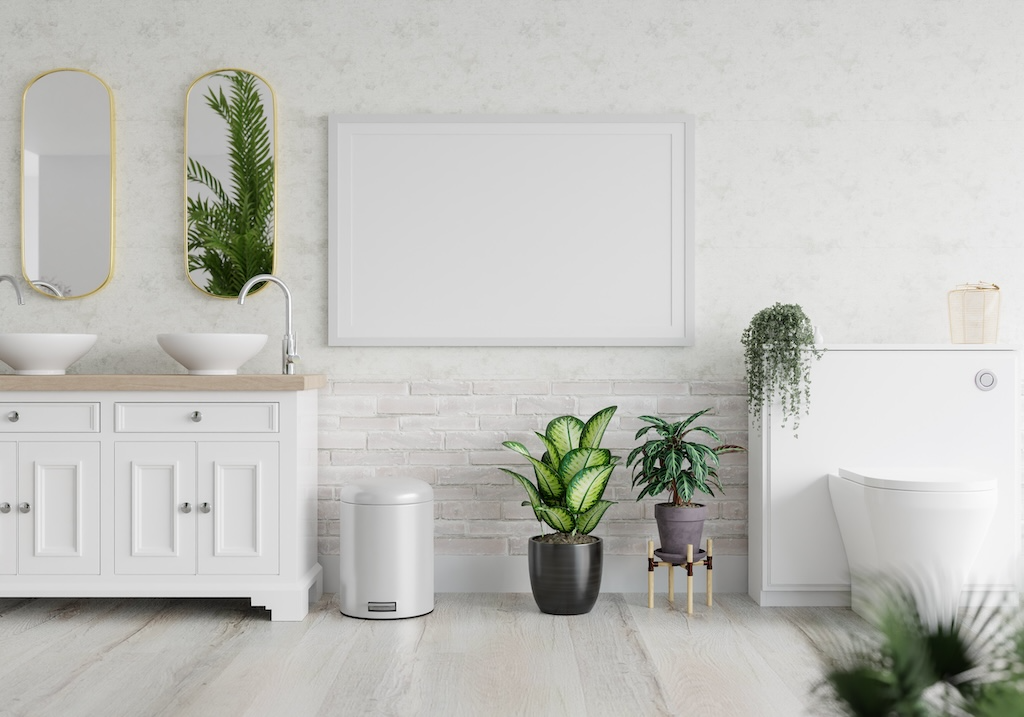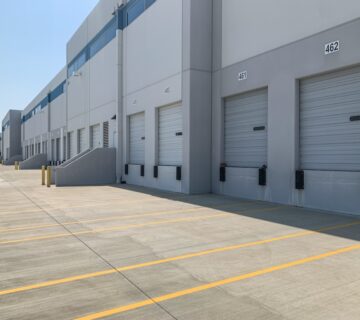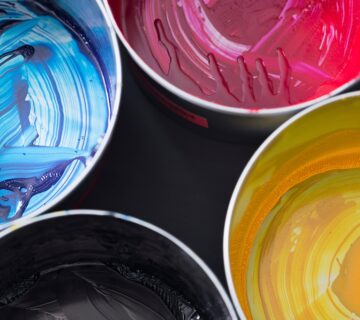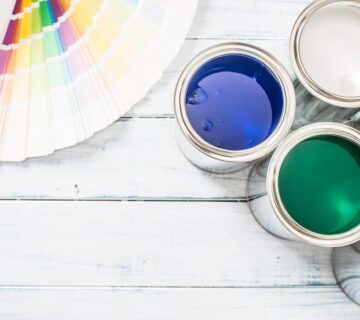Painting high-moisture areas such as bathrooms and kitchens presents unique challenges. These spaces are prone to steam, splashes, and humidity, which can affect the durability and appearance of the paint. However, with the right approach and materials, you can achieve a long-lasting, moisture-resistant finish. This blog offers tips for tackling the unique demands of painting in high-moisture environments, ensuring that your work will stand up to the daily wear and tear of these busy areas.
Choosing the Right Paint
Opt for High-Quality, Moisture-Resistant Paint
The key to a successful paint job in high-moisture areas is selecting the right type of paint. Look for high-quality, moisture-resistant paints specifically designed for bathrooms and kitchens. These paints contain additives that resist mold and mildew and are formulated to withstand humid conditions. It’s worth noting that investing in the right paint can also reduce the frequency of repainting in the future.
Glossy Finishes for Durability
Glossy finishes, such as semi-gloss or high-gloss, are recommended for these areas. They are more resistant to moisture and easier to clean compared to flat or matte finishes. Their reflective properties can also help in brightening up these often smaller spaces. When applied correctly, glossy finishes will not only protect your walls but also give them a sleek and attractive look.
Surface Preparation is Crucial
Clean and Dry Surfaces
Before painting, ensure the surfaces are clean and completely dry. Remove any signs of mold or mildew with a mold-killing product. Soap scum and grease can be cleaned with a degreasing cleaner. This step is crucial for ensuring the paint adheres properly and creates a barrier against future moisture.
Repair and Prime
Repair any cracks, holes, or imperfections. Use a high-quality primer that’s suitable for high-moisture areas. Priming helps in achieving better paint adhesion and provides an extra layer of moisture protection. This additional step is vital in preparing your surfaces and cannot be overlooked for a quality finish.
Ventilation and Humidity Control
Paint in Well-Ventilated Conditions
Good ventilation is essential when painting and drying. Use fans or open windows to circulate air and reduce humidity levels. This not only helps the paint to dry faster but also minimizes the risk of mold and mildew development. Ensuring proper airflow can also dissipate paint fumes more quickly, making it safer for you and your family.
Consider Humidity Levels
If possible, avoid painting on extremely humid days. High humidity can prolong drying times and affect the finish of the paint. If you must paint in less-than-ideal conditions, using a dehumidifier can help control the moisture in the air. Being mindful of the weather and indoor climate can lead to a better quality finish.
Application Techniques
Even, Thin Coats
Apply paint in thin, even coats. This allows the paint to dry and cure properly, which is especially important in moisture-prone areas. Avoid the temptation to cover imperfections with thick coats of paint, as this can lead to peeling and flaking over time. Patience during application will pay off in the long-term durability of your paint job.
Attention to Edges and Corners
Pay extra attention to edges and corners where moisture is likely to penetrate. Ensure these areas are well-sealed and covered with paint. Using a sealant or caulking before painting can help prevent moisture ingress and protect the integrity of your paint job. It’s these small details that make the difference in high-moisture environments.
Post-Painting Care
Allow Ample Drying Time
Allow the paint to dry completely before using the room. This may take longer than in other areas of the house due to the typically higher humidity levels in bathrooms and kitchens. The wait will be worth it for a durable and high-quality finish. Rushing this process can compromise the paint’s ability to withstand moisture over time.
Regular Maintenance
Regularly inspect painted surfaces for signs of moisture damage. Address any issues promptly to prevent extensive damage. Being proactive about maintenance can help preserve the aesthetic appeal and structural integrity of your bathroom and kitchen walls. Keeping an eye on these areas will help you catch potential problems early, avoiding more significant repairs down the line.
Final Thoughts
Painting high-moisture areas like bathrooms and kitchens requires special attention to the type of paint used, surface preparation, ventilation, and application techniques. By following these tips, you can achieve a durable, mold-resistant finish that will stand up to the rigors of these challenging environments. For more painting tips and home improvement advice, visit our website at sisupainting.com and explore our blog at sisupainting.com/blog.





No comment